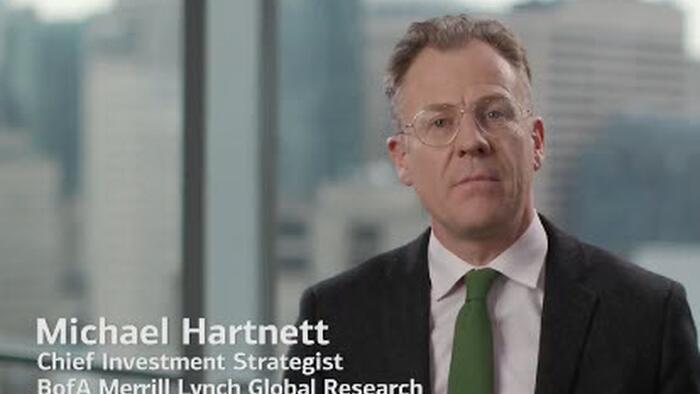Michael Hartnett’s recent advice to short the first rate cut may have drawn skepticism from various commentators, but the current state of the S&P 500 Index indicates that there is still uncertainty in the financial markets. Since the first rate cut was initiated in mid-September, the S&P has remained relatively unchanged, suggesting that the ramifications of the Fed’s decision are still unfolding. Critics may hastily label Hartnett’s strategy as a failure, but the reality is that markets often take time to respond to monetary policy changes. As the true economic conditions—potentially worsened by misleading government data—start to reveal themselves, Hartnett’s predictions regarding an impending recession may ultimately gain credibility.
The implications of the Federal Reserve’s decision to cut rates are significant. Traditionally, rate cuts are viewed as a measure to stimulate economic activity during periods of downturn or stagnation. Hartnett’s assertion that the forthcoming recession will soon be apparent highlights a crucial perspective: the Federal Reserve does not act without reason, and the recent cuts are not purely tactical but rather a response to deeper economic issues. Despite the current market complacency, it is essential to remain vigilant, as the economic landscape can shift rapidly, particularly in an election year, where uncertainties can amplify volatility in both markets and policy.
In his latest “Flow Show,” Hartnett has outlined various tactical trade recommendations that investors could consider amid this uncertain climate. One prominent suggestion is to accumulate long positions in gold, traditionally a safe-haven asset during times of economic stress. Given the current economic indicators and geopolitical uncertainties, investing in gold appears to be a timely recommendation. Moreover, Hartnett has proposed shorting 30-year bonds, which he argues has emerged as one of the most favorable trades in the market since the Federal Open Market Committee meeting on September 17.
The recommendation to short 30-year bonds reflects a broader perspective on interest rates and their trajectory. As the economic conditions evolve, bond yields may be influenced by investors’ shifting sentiment about growth and inflation. When the market anticipates higher inflation or weaker economic prospects, the value of long-term bonds tends to decrease, making such trades potentially lucrative for savvy investors. Hartnett’s trade suggestions encourage traders to consider not just the macroeconomic indicators but also the nuances of market sentiment and investor behavior.
Despite the challenges ahead, it is crucial to analyze the broader economic context surrounding the Federal Reserve’s actions. Historically, rate cuts can signal both opportunity and risk in the equity markets. As markets grapple with the paradox of lower rates potentially failing to stimulate real economic growth, traders must remain agile, ready to pivot their strategies in response to evolving data and indicators. Hartnett’s insights encourage a proactive approach, taking into account the inevitable delays that occur in economic adjustment processes and the complexities of market psychology.
In conclusion, while some may dismiss Hartnett’s call to short the initial rate cut as ineffective, the present circumstances suggest a much more intricate narrative. The S&P’s subdued response, combined with the inherent uncertainties of impending economic shifts, underscores the need for strategic trading in the current environment. As Hartnett aptly points out, we could be on the cusp of a significant economic realignment, and understanding the interplay between monetary policy and market reaction is vital for investors seeking to navigate these uncertain waters successfully.

